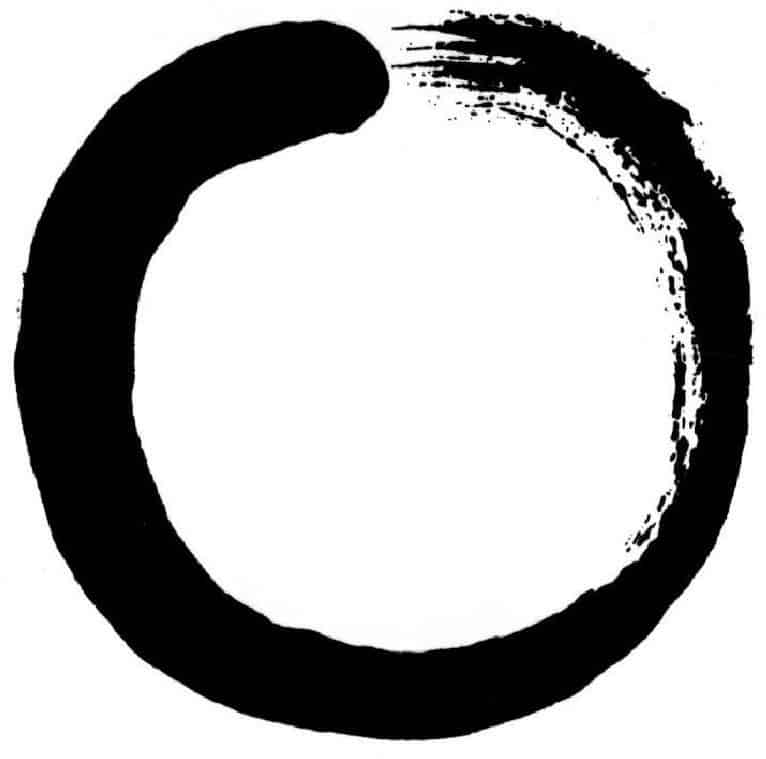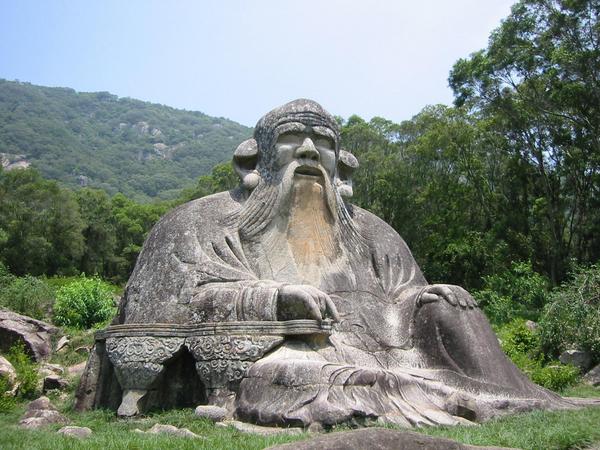Creating EDM all the time
What I love (creating tracks like Pusher – the E.T.) Creating music like Pusher – the E.T. is my passion. There is only one other thing that I like to do as much as make music and that is practicing yoga. The two are very equal in my mind. Kind of like opposite ends of … Read more





